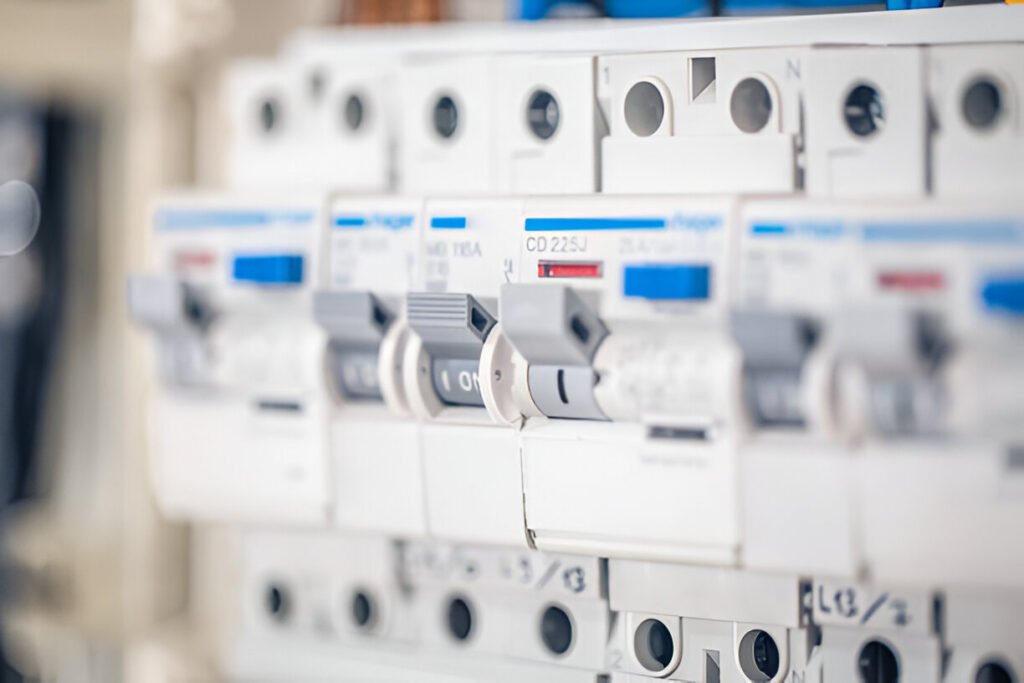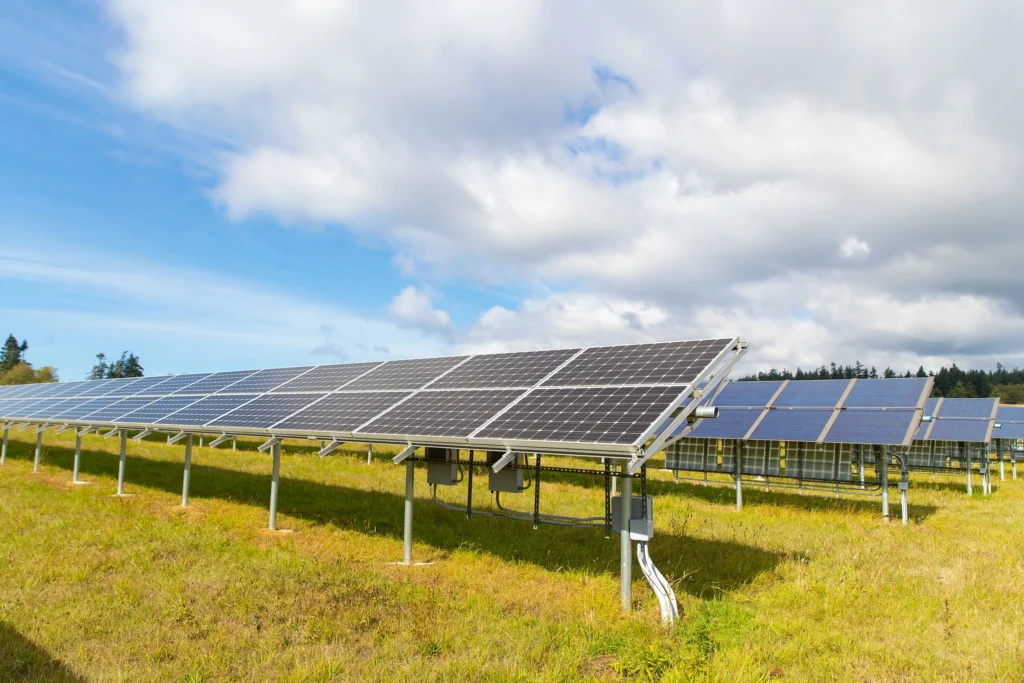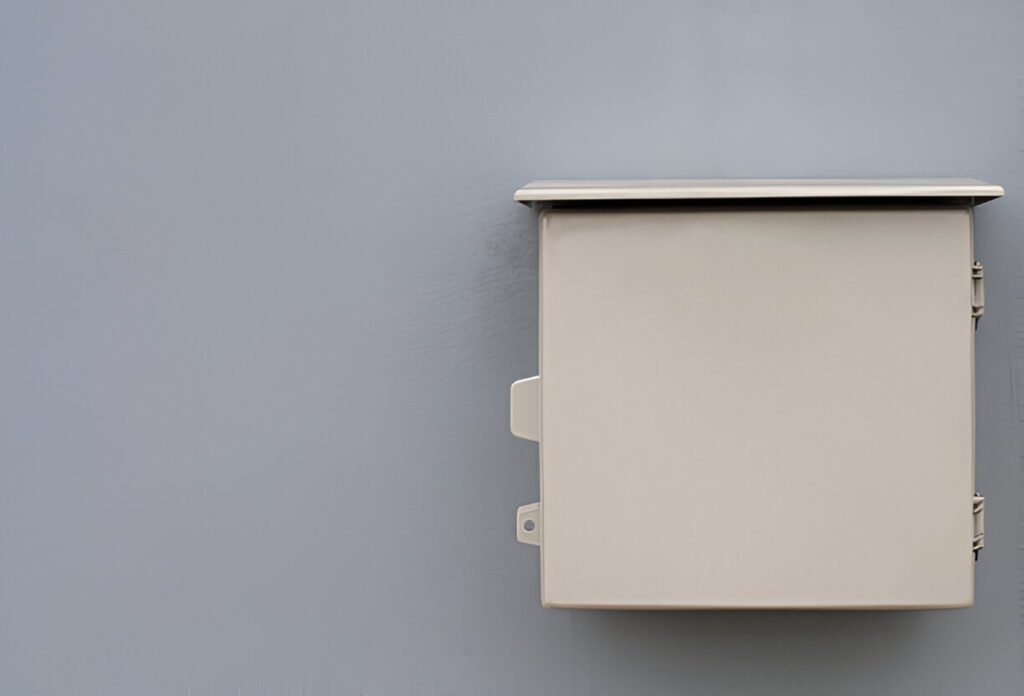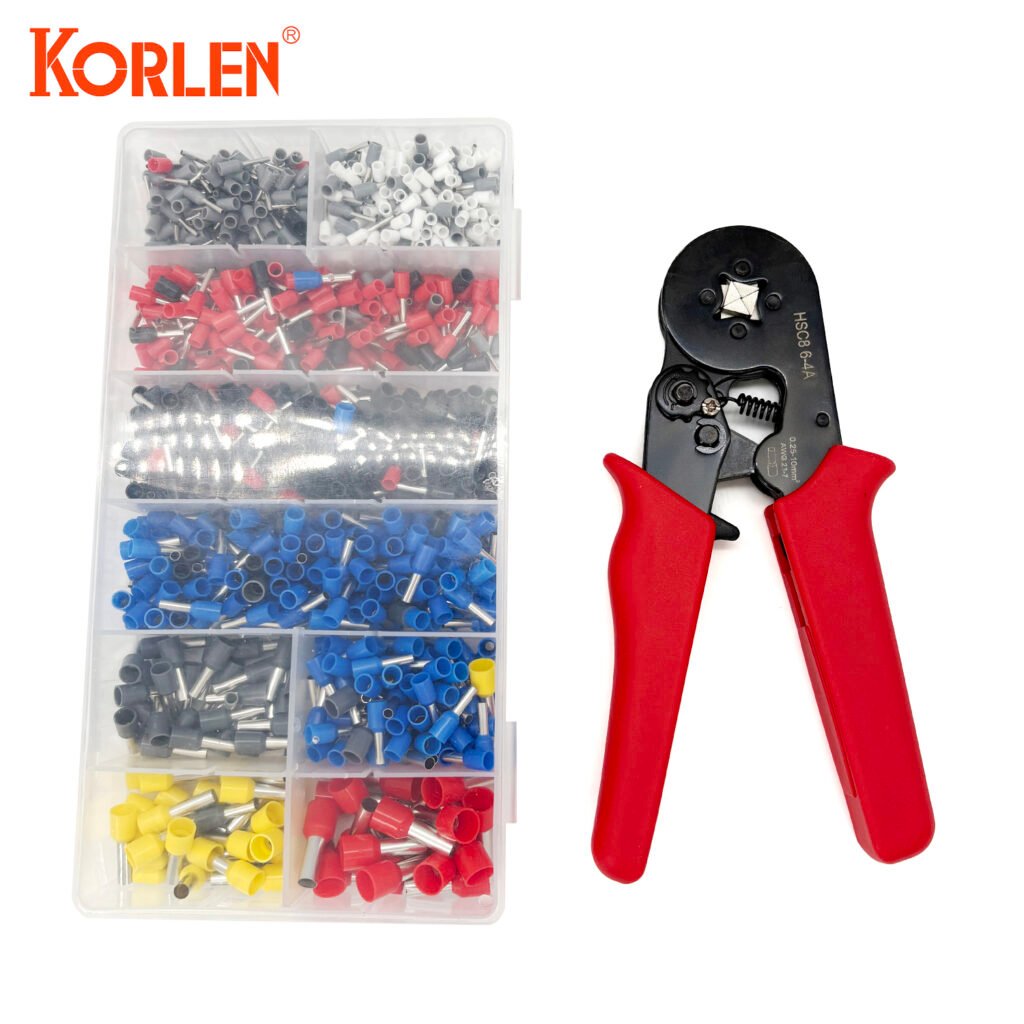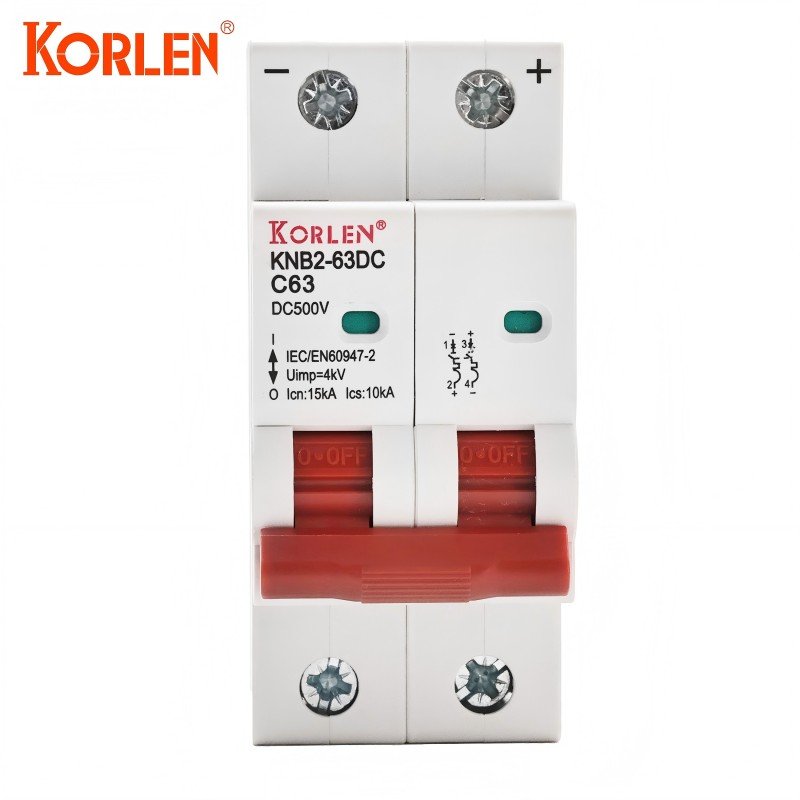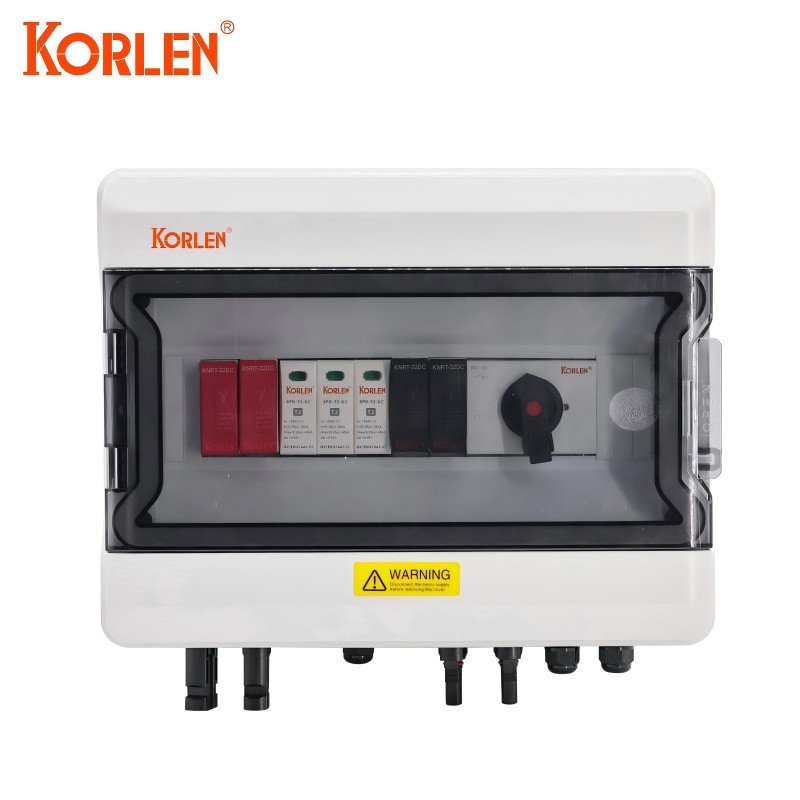
PV combiner box comprehensive analysis
Feeling unsure about PV combiner boxes and their role? It’s a common concern in the solar industry. Not fully understanding these units can risk your project’s efficiency and even its safety.
As a manufacturer with two decades of experience at Korlen Solar, I believe a comprehensive analysis means deeply understanding its core job, knowing exactly when it’s essential for an installation, appreciating its safety contributions, and recognizing its key internal parts. This knowledge is truly vital for making smart solar investments.
Let’s break down each of these aspects step by step. You’ll discover why these details are so important for your solar projects and how partnering with a knowledgeable supplier can make a significant difference in your outcomes.
What is the primary function of a PV combiner box?
Are you a bit unclear on what a PV combiner box actually does in a solar power system? Many people are, even those in the industry. This lack of clarity can unfortunately lead to less-than-optimal system design or overlooking critical functionalities.
From my perspective, having seen countless solar installations over the years, the primary function of a PV combiner box is to neatly bring together the electrical output from multiple solar panel strings. It centralizes these connections, simplifying the overall wiring scheme and preparing the combined power to be efficiently fed into the solar inverter.
A PV combiner box, at its heart, is an electrical distribution box. Think of your solar panels arranged in groups, or “strings.” Each string produces DC electricity. Instead of running many individual wires from all these strings directly to your inverter (which would be messy, expensive, and inefficient), the PV combiner box offers a central meeting point.
Streamlining Power Collection
The most immediate function is the consolidation of input wires. For example, if you have 8 strings of solar panels, you would have 16 wires (positive and negative for each string) coming from the array. The combiner box takes these 16 input wires and consolidates them into just two output wires (one positive, one negative) that then run to the inverter.
This offers several advantages:
Reduced Wiring Complexity: Fewer long cable runs are needed between the solar array and the inverter. This simplifies the installation process.
Lower Material Costs: Less copper wire is used, which can be a significant cost saving, especially in larger systems.
Easier Troubleshooting: If there’s an issue with a particular string, it’s easier to isolate and test at the combiner box rather than tracing individual wires across a large array.
Preparing Power for the Inverter
Beyond just combining wires, the box often conditions or protects the power. It serves as the first point where protection devices for the DC side of the solar system are typically housed. This means fuses or circuit breakers for each string, and sometimes a main disconnect switch for all combined strings. This ensures that the power going to the inverter is within safe operating limits and can be easily disconnected if needed. As a supplier, we at Korlen Solar always stress the importance of correctly sized protection. I’ve seen projects where undersized components led to nuisance tripping, and oversized components failed to protect expensive inverters.
Enhancing System Management
Many combiner boxes can also house monitoring equipment. This allows system operators to track the performance of individual strings or groups of strings. If one string is underperforming (perhaps due to shading, dirt, or a fault), the monitoring system can flag it. This proactive approach to maintenance helps ensure the solar system operates at its peak efficiency throughout its lifespan. Without this, you might only notice a problem when the overall system output drops significantly.
Here’s a simple breakdown of these functions and their benefits:
| Function | Benefit for Your Solar Project | My Experience Highlight |
| Consolidates multiple string inputs | Simpler wiring, less labor, reduced material costs | I’ve seen installation times cut by 15-20% just by using well-designed combiner boxes. |
| Provides overcurrent protection per string | Protects inverter from faults, enhances safety | A client once avoided a costly inverter replacement thanks to string-level fusing. |
| Offers a central disconnection point | Safer maintenance, quick emergency shutdown | This feature is invaluable during routine checks or unexpected system issues. |
| Houses monitoring components (optional) | Easier performance tracking, rapid fault detection | We helped a customer identify a faulty panel string within hours using monitoring data. |
Understanding these primary functions is the first step in appreciating why a PV combiner box is more than just a simple junction box; it’s an integral part of an efficient and safe solar energy system.
When is a PV combiner box actually necessary for solar installations?
Are you wondering if every single solar setup absolutely needs a PV combiner box? It’s a very practical question that many clients ask. Making the wrong assumption here can either lead to unnecessary expenses or, more critically, could compromise the safety and compliance of your solar installation.
In my professional opinion, honed over 20 years in this field, a PV combiner box becomes truly necessary when your solar system design includes three or more solar panel strings connected in parallel. For smaller systems with just one or two strings, it might be considered optional, but even then, it often brings benefits that are worth considering.
The necessity of a PV combiner box is often dictated by electrical codes, system size, and the type of inverter being used. Let’s delve into these aspects to provide a clearer picture.
Meeting Electrical Code Requirements
In many regions, including those following guidelines similar to the U.S. National Electrical Code (NEC), there are specific rules about paralleling solar strings. Generally, if you have more than two strings, you’ll need overcurrent protection for each string. The most practical place to house these fuses or circuit breakers is within a PV combiner box. For instance, NEC Article 690 often implies their use for systems beyond two strings to ensure each string is individually protected before their outputs are combined. As a purchasing manager, ensuring code compliance is crucial, and I’ve seen projects delayed because initial designs overlooked this.
System Size and Inverter Configuration
The type of inverter plays a significant role:
String Inverters: Modern string inverters often have multiple Maximum Power Point Tracker (MPPT) inputs. If you have, say, an inverter with two MPPTs, and each MPPT can handle two strings directly, you might connect up to four strings without an external combiner box if the inverter itself provides the necessary overcurrent protection and connection points. However, if your string inverter has limited inputs (e.g., only one or two MPPTs each designed for a single string input) and you have more strings than available direct inputs, a combiner box becomes essential to group strings before they reach the inverter.
Central Inverters: For large-scale commercial or utility solar farms that use central inverters, PV combiner boxes are indispensable. These systems involve hundreds or even thousands of solar strings. Combiner boxes (and often re-combiner boxes) are used to manage this vast array of inputs efficiently, bringing manageable numbers of combined circuits to the central inverter.
Enhancing System Management and Safety in Other Scenarios
Even in situations where a combiner box might not be strictly mandated by code for very small systems (e.g., two strings), I often recommend them for:
Ease of Maintenance: Having a central point for disconnection and testing is incredibly convenient.
Future Expansion: If there’s a possibility of adding more strings later, installing a combiner box from the start makes expansion easier.
Specific Site Conditions: For installations where wire runs are very long, or where different parts of an array experience varied conditions (like partial shading on one section but not another), strategic use of combiner boxes can help optimize performance and safety.
Here’s a checklist that I often share with clients to help them decide:
| Scenario | Combiner Box Recommended/Required? | My Rationale as a Supplier |
| System with 1 or 2 strings (to a string inverter with sufficient direct inputs) | Optional, often not used | The inverter might handle these directly. However, consider for ease of disconnect. |
| System with 3+ strings (to any string inverter) | Generally Required/Highly Recommended | Essential for overcurrent protection per string (code compliance) and simplified wiring. |
| Large systems using central inverters | Absolutely Necessary | Manages the high number of strings efficiently and safely before reaching the inverter. |
| Installations with very long wire runs | Recommended | Can help manage voltage drop by allowing larger gauge wire from combiner to inverter. |
| Systems requiring string-level monitoring | Recommended | The combiner box is the natural place to integrate monitoring hardware. |
Ultimately, while there are rules of thumb, each solar project should be evaluated based on its specific design. At Korlen Solar, we always advise a thorough review of the system schematic and local electrical codes.
How does a combiner box enhance solar system safety?
Are you concerned about the overall safety of your solar PV systems? This should always be a top priority. Overlooking or underestimating the safety features built into a PV combiner box can, unfortunately, lead to preventable electrical hazards, equipment damage, or even fire risks.
I always emphasize to my clients that a properly specified and installed PV combiner box is a critical safety device, not just a wiring convenience. It primarily enhances safety by providing reliable overcurrent protection for each solar string and offering a readily accessible means to disconnect power from the array, both vital for protecting downstream equipment and ensuring human safety during maintenance or emergencies.
The safety contributions of a PV combiner box are multifaceted, extending beyond just fuses and switches. These units are designed to manage the unique characteristics of DC power generated by solar arrays, which can behave differently from AC power under fault conditions.
Preventing Overcurrent Damage
Each solar string can produce a certain amount of current. If a fault occurs within a string (like a short circuit), or if multiple strings are improperly combined, it can lead to excessive current flowing back into other strings or towards the inverter.
Fuses or Circuit Breakers: Combiner boxes house individual fuses or circuit breakers for each string. These devices are rated to interrupt the circuit if the current exceeds a safe level. This prevents overheating of wires, damage to solar panels (from reverse current in some scenarios), and, critically, protects the inverter from overcurrent conditions on its input side. I’ve personally investigated incidents where the absence of proper string-level fusing led to significant inverter damage after a simple array-side fault.
Correct Sizing is Key: It’s not just about having fuses; it’s about having correctly sized fuses. As a supplier, we stress that fuses should be rated typically 1.56 times the string’s short-circuit current (Isc) to avoid nuisance tripping while still providing protection.
Enabling Safe Disconnection
Working on any electrical system requires a way to safely de-energize it.
DC Disconnect Switch: Most PV combiner boxes incorporate a load-break rated DC disconnect switch. This allows service personnel to isolate the combined DC output from the solar array before it reaches the inverter. This is essential for:
Routine Maintenance: Safely performing checks or cleaning on the inverter or other DC components.
Emergency Shutdown: In case of a fire or other emergency, rapidly disconnecting the DC source is crucial.
Inverter Replacement/Repair: Ensures the inverter terminals are not live from the array side.
I recall a situation where quick access to the combiner box disconnect prevented a small equipment issue from escalating during an unexpected system surge.
Protection Against Environmental Factors and Other Hazards
The physical enclosure of the combiner box also plays a safety role:
Enclosure Rating (NEMA/IP): Combiner boxes are available with various NEMA (e.g., NEMA 3R, 4X) or IP (e.g., IP65, IP67) ratings. These ratings indicate the level of protection the enclosure offers against environmental factors like dust, rain, snow, sleet, and corrosion. A properly rated enclosure ensures the internal components remain safe, dry, and functional, preventing short circuits or degradation.
Surge Protection Devices (SPDs): Many combiner boxes can be equipped with SPDs. These devices protect the solar array and inverter from voltage spikes caused by lightning strikes (nearby or direct) or utility grid surges. Given the exposed nature of solar arrays, this is a valuable safety addition.
Proper Grounding: Combiner boxes provide a designated grounding lug for connecting the box (and sometimes array racking through it) to the system’s grounding electrode. This ensures that any fault currents have a safe path to earth, minimizing shock hazards.
Here’s a table summarizing these safety aspects:
| Safety Feature | How it Protects | My Insight as a Manufacturer |
| String Fuses/Circuit Breakers | Prevents excessive current from damaging wires, panels, or inverter | We use high-quality, 1000V or 1500V rated fuses specifically designed for PV applications. |
| DC Disconnect Switch | Allows safe electrical isolation for maintenance or emergencies | A robust, easily accessible switch is non-negotiable for us at Korlen Solar. |
| Surge Protection Device (SPD) | Protects against voltage spikes from lightning or grid disturbances | We often recommend Type 1 or Type 2 SPDs depending on the installation location. |
| Properly Rated Enclosure | Protects internal components from dust, water, ice, and corrosion | For North American or European climates, NEMA 4X (or IP66/67) polycarbonate is a great choice. |
| Secure Grounding Lug | Provides a safe path for electrical fault currents to ground | Ensuring good electrical continuity for grounding is a key part of our quality control. |
By integrating these features, the PV combiner box acts as a crucial guardian of your solar investment and the personnel who interact with it.
What are the key components inside a PV combiner box?
Are you curious about what exactly you’d find if you opened up a PV combiner box? Not being familiar with the internal parts can make it challenging to assess the quality and suitability of a unit for your specific needs. This lack of understanding can impact your ability to specify the right product, potentially affecting long-term system reliability and performance.
As someone who is deeply involved in the design and manufacturing of these units at Korlen Solar, I can tell you that while designs vary, the key internal components typically include input terminals for solar strings, overcurrent protection devices (fuses or breakers), a common busbar to consolidate the current, output terminals to connect to the inverter, and of course, the protective enclosure itself.
Understanding these components is essential for any purchasing manager looking to source PV combiner boxes. The quality and specifications of each part contribute to the overall performance, safety, and longevity of the entire solar installation. Let’s break them down.
The Input Stage: Terminals and Protection
This is where the individual solar panel strings connect to the combiner box.
Input Terminals/Connectors: These are the points where the positive and negative wires from each solar string are landed. They need to be robust, rated for the system voltage (e.g., 600V, 1000V, 1500V DC), and able to securely hold the specified wire gauge. Touch-safe terminals are a common safety feature. Some boxes use terminal blocks, while others might use pre-wired MC4 connectors for quicker installation.
Overcurrent Protection Devices (OCPDs): Immediately following the input terminals for each string, you’ll find either fuses or DC-rated circuit breakers.
Fuses: These are typically gPV (photovoltaic) rated fuses, designed specifically for DC circuits and the fault characteristics of solar arrays. They are housed in fuse holders. Common ratings are 10x38mm or 14x51mm.
Circuit Breakers: DC-rated miniature circuit breakers (MCBs) can also be used. They offer the advantage of being resettable, whereas fuses need replacement.
The choice between fuses and breakers often comes down to cost, space, and customer preference. I’ve seen reliable systems built with both, provided they are correctly rated.
The Collection Point: Busbars
Once the current from each string has passed through its protective device, it needs to be combined.
Busbars: These are conductive strips (usually copper or sometimes aluminum) to which all the protected positive inputs are connected, and similarly, all negative inputs are connected to another busbar (or directly pass through if unswitched/unfused on the negative). The busbars must be sized to handle the total combined current from all strings without overheating. The quality of the busbar material and its plating (if any) is important for long-term corrosion resistance and conductivity.
The Output Stage and Encasement
This is where the combined power exits the box, along with the physical housing.
Output Terminals/Lugs: Similar to input terminals but sized for the larger gauge wire that carries the total combined current to the inverter.
DC Disconnect Switch (if included): If the box includes a main disconnect, it will be situated after the busbars and before the output terminals, allowing disconnection of the entire combined array output.
Enclosure: This is the box itself. Materials vary:
Polycarbonate: Lightweight, UV resistant, corrosion-proof, good for many environments. This is a very common choice we offer at Korlen Solar.
Painted Steel or Stainless Steel: More robust for harsh industrial environments or where physical impact is a concern.
The enclosure must have an appropriate NEMA or IP rating for the installation environment (e.g., NEMA 4X for outdoor, water-tight, corrosion-resistant). It will also have cable glands or conduit entry points.
Grounding Lug: A dedicated terminal for connecting the enclosure and other metallic parts to the system ground.
Optional Advanced Features
Beyond the core components, some combiner boxes include:
Surge Protection Devices (SPDs): As mentioned earlier, to protect against voltage spikes.
String Monitoring Hardware: Current sensors, voltage sensors, and communication boards that transmit data about each string’s performance. This is increasingly common in commercial systems. I find that clients who invest in monitoring see quicker ROI through optimized uptime.
Here’s a detailed table outlining these components:
| Component | Primary Function | Key Considerations for a Purchasing Manager | My Manufacturing Focus at Korlen Solar |
| Input Terminals | Connect individual solar strings | Voltage rating, current rating, wire gauge acceptance, ease of wiring, touch-safety | Secure, reliable connections; high-quality, appropriately rated materials |
| Fuses or Circuit Breakers | Provide overcurrent protection for each string | DC rating (voltage/current), interrupting capacity, type (gPV fuse, DC MCB) | Sourcing certified, PV-specific protection devices |
| Fuse Holders (if fuses used) | Securely house the fuses | Voltage rating, ease of fuse replacement, durability | Robust holders that ensure good contact and easy maintenance |
| Busbars (Positive & Negative) | Consolidate current from multiple strings | Material (copper/aluminum), current carrying capacity, corrosion resistance | Properly sized and secured busbars for optimal conductivity and safety |
| DC Disconnect Switch | Isolate the combined output from the inverter | Load-break rating, voltage/current rating, ease of operation, visibility of state | Reliable switching mechanism, clear ON/OFF indication |
| Output Terminals/Lugs | Connect the combined output to the inverter | Sized for total current, wire gauge acceptance | Strong, durable lugs for secure connection of output cables |
| Enclosure | Protect internal components from the environment | Material, NEMA/IP rating, UV resistance, impact resistance, gland/conduit entries | High-quality, durable materials with certified environmental protection |
| Grounding Lug | Provide a point for system grounding | Accessibility, wire size acceptance | Clear, accessible, and compliant grounding provisions |
| Surge Arrester (SPD) (Opt.) | Protect against voltage surges | Type, voltage protection level (Up), discharge current (In, Imax) | Integrating SPDs that match system voltage and exposure risk |
| Monitoring Unit (Optional) | Track individual string performance | Parameters monitored (current, voltage), communication protocol, accuracy | Offering compatible and reliable monitoring solutions |
By understanding these internal components and their importance, you, as a purchasing manager, are better equipped to ask the right questions, evaluate supplier offerings, and ensure you procure PV combiner boxes that meet the quality, safety, and performance standards your projects demand.
Conclusion
In short, a PV combiner box is truly vital for an efficient, safe, and well-organized solar power system. Understanding its core function, when it’s necessary, its safety features, and key internal parts helps you choose wisely for your projects.We are a manufacturer with 20 years of experience. If you want to know more product information or get solutions, you can contact us at any time.

